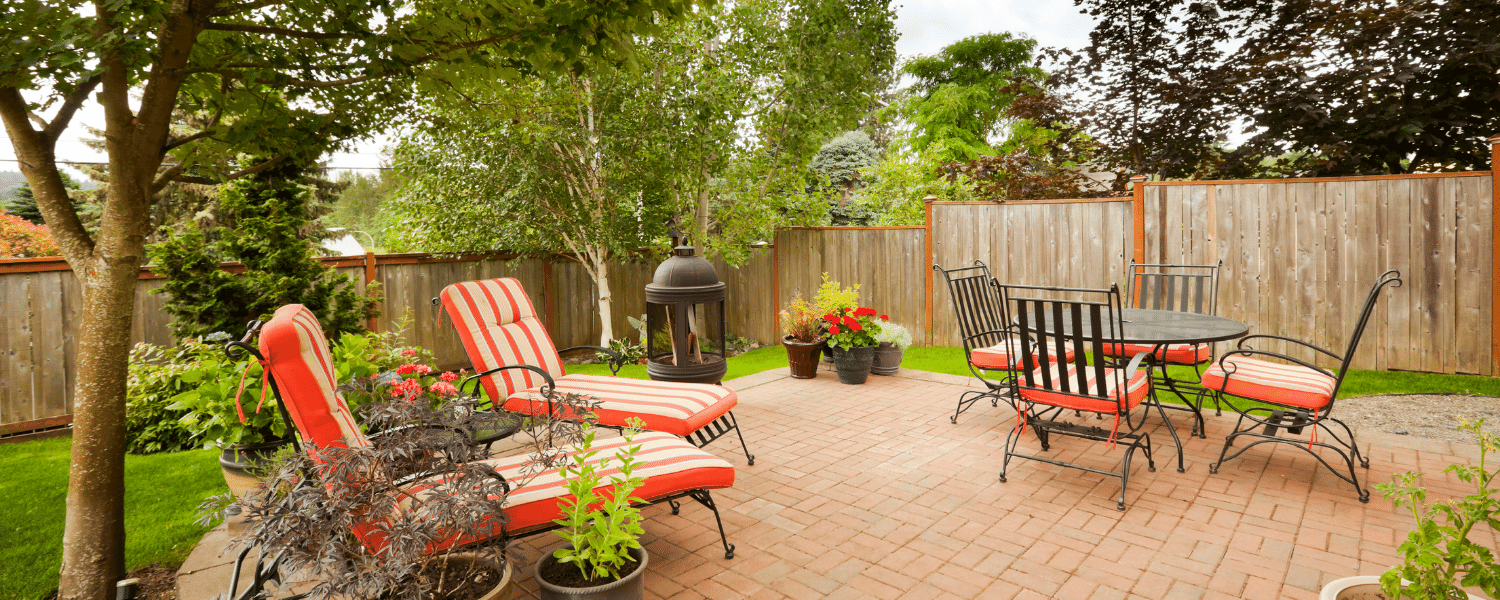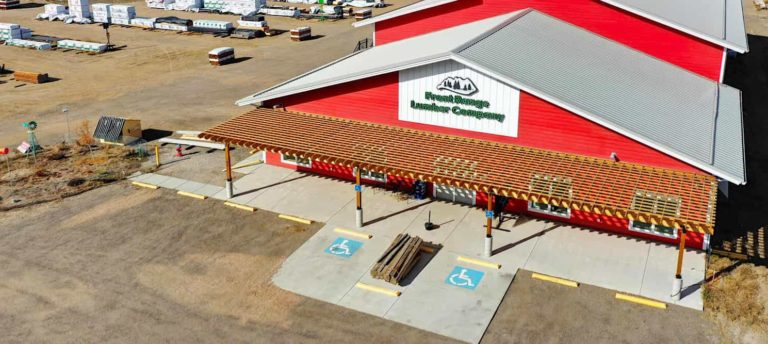Fence Installation Tips for Residential Applications.
A fence can improve your home’s curb appeal, provide security, increase privacy, and offer protection from the elements. Although Front Range Lumber does not do fence installations, we offer the following advice.
Fence Posts:
- At least 24” should be below ground level. Cut all the posts after the concrete is dry to a uniform height.
- We do not recommend just pouring the dry concrete into the hole and add water without mixing, as this will result in a poor mix. We strongly recommend that you mix the concrete prior to pouring it into the hole. We advise that the concrete go in first, filling the remaining portion of the hole with dirt – this will aid in stabilizing the post until the concrete dries – allow at least 24 hours before nailing on the rails/pickets.
- Check carefully that your posts are installed plumb before the concrete dries completely.
- Use between 2/3 and one full bag of concrete per post. Shoot for 1-1/2 bags on corner posts or posts bracketing gates.
- Place posts a little less than 96” on center apart. It will be much easier to cut a little off the horizontal rails than work hard at achieving exact spacing between posts.
- For posts in low-lying locations, we recommend using a treated post for additional rot-resistance.
Fence Rails:
- Generally cross rails should not exceed 8’ in length due to the sail effect that the fence panel will have once constructed. Due to the winds we experience at times, wider panels will blow off the posts much more easily. Attach rails using 16d galvanized nails or other 3” fasteners. Check for consistent gapping between the rails.
- It’s suggested that you use three rails between posts.
Fence Pickets:
- ALL nails/screws will eventually “stain” cedar or redwood except stainless steel fasteners.
- Fasten each picket with two fasteners at each rail using a 7d nail (or other fastener – no longer than 2”).
- Figure 3.5 pickets per lineal foot of fencing when using 1×4 pickets. Use 2.2 pickets per foot using 1×6 pickets. 4” pickets are ALWAYS less expensive (on a per each AND a per foot of fencing basis) although they will require more nailing effort.
- Remember that while aesthetically pleasing, staining or painting your fence will set up a maintenance cycle.
- Pickets should be gapped slightly to allow for expansion. Unfortunately, a lower quality picket will “shine” through here with time; as they will experience far more shrinkage. This will mean a privacy fence suddenly isn’t so private with large gaps in between pickets as they dry out during the hot summer.
- Check for plumbness every dozen or so pickets to ensure the best appearance – do not rely on the posts to guide you.
Split-Rail Fencing:
A picket-type fence is most common, but a good alternative where privacy is not an issue is a split rail type fence. These are available in 2 or 3 rail versions. Rails are 10’ in length – cheaper versions available elsewhere are only 8’ long .
Front Range Lumber recommends that you do NOT install these posts in concrete to allow for easy replacement. Metal netting can be affixed to this type of fence to contain smaller pets.
Pre-made Fence Panels:
- Pre-made sections are available through some suppliers, although extra thought should be taken before using these panels:
- They require exact placement of posts
- These products are of generally lower quality materials
Your Metro Denver and Northern Colorado source for quality Fencing Lumber, Hardware, and Accessories.
See more fence installation information along with fencing lumber grades, available sizes, useful links and more.
We deliver to Metro Denver and Northern Colorado homes and job sites!





